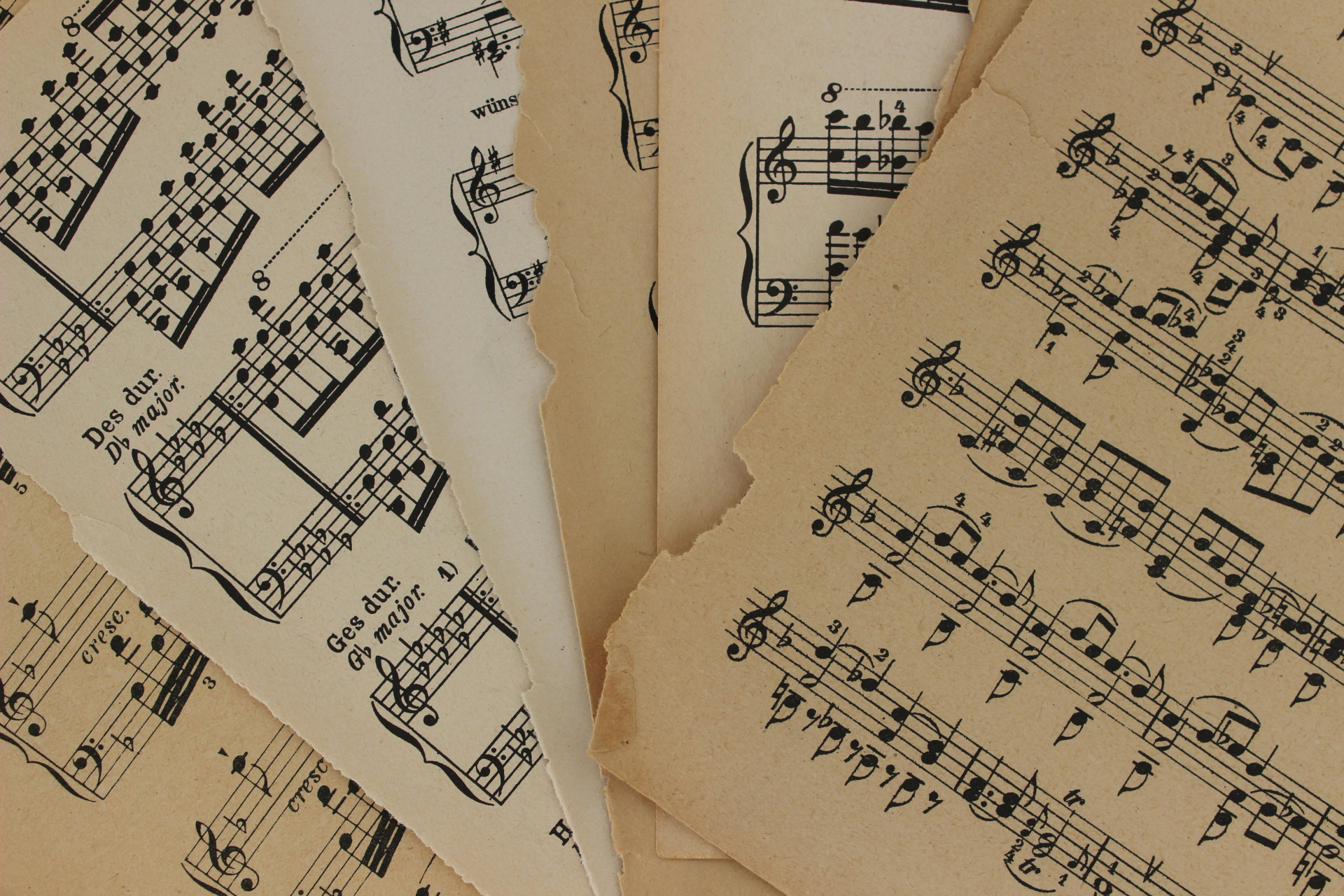General Articles
The Evolution of Classical Music: Understanding Its Different Eras
Introduction to Classical Music
Classical music is one of the most influential and enduring forms of musical expression in history. Its evolution spans centuries and reflects the cultural, social, and technological changes of each era. Classical music is known for its intricate compositions, rich harmonies, and expressive qualities. From early sacred chants to contemporary orchestral works, the journey of classical music is marked by innovation, experimentation, and refinement. Understanding the different eras of classical music allows listeners and musicians to appreciate the historical context, stylistic developments, and the masters who shaped this timeless art form.
The Medieval Era: Foundations of Western Music
The Medieval era, spanning roughly from the 5th to the early 15th century, laid the foundation for Western classical music. During this period, music was primarily vocal and closely associated with the Church. Gregorian chants, also known as plainchant, were monophonic and characterized by simple, unaccompanied melodies used in religious ceremonies. The development of musical notation during this time allowed compositions to be documented and shared more widely, creating a basis for future musical innovation.
In addition to sacred music, secular forms began to emerge, including troubadour songs and early polyphonic compositions. Composers experimented with multiple independent vocal lines, laying the groundwork for counterpoint and harmonic complexity. Instruments such as the lute, psaltery, and early forms of organ were used, although vocal music remained dominant.
The Renaissance Era: Harmony and Humanism
The Renaissance era, from approximately 1400 to 1600, marked a period of artistic and intellectual flourishing. Music became more expressive, with a focus on harmony, texture, and emotional depth. Polyphony, the simultaneous combination of multiple independent melodies, reached new heights, and composers like Josquin des Prez and Palestrina refined the use of vocal harmonies.
Instrumental music also gained importance during the Renaissance. The lute, viol, recorder, and early keyboard instruments became popular, both in courts and among amateur musicians. Composers began to explore secular themes alongside sacred music, and music printing allowed compositions to reach a wider audience. The Renaissance era emphasized balance, proportion, and beauty, qualities that were reflected in the music of the time.
The Baroque Era: Ornamentation and Drama
The Baroque era, spanning from 1600 to 1750, is known for its ornate style, dramatic expression, and the development of tonality. Composers such as Johann Sebastian Bach, George Frideric Handel, and Antonio Vivaldi created works with intricate counterpoint, elaborate ornamentation, and emotional intensity. The Baroque period saw the rise of the opera, concerto, and oratorio, which combined vocal and instrumental music in innovative ways.
Instrumentation expanded during the Baroque era, with the violin family, harpsichord, organ, and early woodwinds becoming prominent. Composers experimented with contrasts in dynamics, texture, and timbre to evoke emotion and highlight dramatic moments. The Baroque style emphasized both technical skill and expressive depth, creating music that was both intellectually stimulating and emotionally engaging.
The Classical Era: Clarity and Structure
The Classical era, from around 1750 to 1820, emphasized clarity, balance, and structured forms. Composers such as Wolfgang Amadeus Mozart, Ludwig van Beethoven, and Franz Joseph Haydn focused on elegance, proportion, and the development of formal musical structures like the symphony, sonata, and string quartet. Music became more homophonic, with a clear melody supported by harmonic accompaniment, creating a sense of order and refinement.
The Classical era also saw the expansion of orchestras, with standardized instrumentation that included strings, woodwinds, brass, and percussion. Composers developed thematic development and contrasting movements, providing both coherence and variety within their compositions. This period laid the groundwork for later Romantic innovations, combining technical mastery with emotional expression.
The Romantic Era: Emotion and Individualism
The Romantic era, approximately 1820 to 1900, emphasized personal expression, emotion, and individual creativity. Composers such as Franz Schubert, Frédéric Chopin, Johannes Brahms, and Pyotr Ilyich Tchaikovsky explored themes of nature, love, heroism, and nationalism through music. Romantic compositions often featured expanded orchestras, rich harmonies, and dramatic contrasts in dynamics and tempo.
Virtuosity became a hallmark of the Romantic era, with performers showcasing technical skill and interpretive expression. Piano and violin music flourished, and composers experimented with new forms such as the symphonic poem and programmatic symphony. Romantic music sought to evoke deep emotions and transport listeners, creating an intimate connection between composer, performer, and audience.
The 20th Century: Innovation and Diversity
The 20th century brought unprecedented experimentation and diversity in classical music. Composers challenged traditional tonality, rhythm, and form, exploring new textures and soundscapes. Innovations included atonality, serialism, minimalism, and electronic music. Composers such as Igor Stravinsky, Arnold Schoenberg, Claude Debussy, and Philip Glass pushed boundaries, blending tradition with modern ideas.
Instrumentation expanded to include unconventional instruments, prepared pianos, and electronic devices. Composers explored rhythm and harmony in new ways, creating works that reflected the complexities of the modern world. Classical music became more global, drawing influences from non-Western traditions and incorporating new compositional techniques. The 20th century emphasized individuality, experimentation, and the endless possibilities of musical expression.
Contemporary Classical Music: Fusion and Accessibility
Today, classical music continues to evolve, embracing fusion with other genres such as jazz, electronic, and world music. Contemporary composers experiment with multimedia, technology, and interdisciplinary collaborations to engage diverse audiences. While traditional symphonies and chamber works remain important, composers are increasingly exploring interactive and immersive experiences that expand the boundaries of classical music.
Contemporary classical music also emphasizes accessibility, with performances taking place in unconventional venues and digital platforms. Musicians and educators use technology to reach wider audiences, creating opportunities for appreciation, learning, and participation. The ongoing evolution of classical music ensures that it remains a dynamic and relevant art form for future generations.
The Importance of Understanding Musical Eras
Understanding the different eras of classical music allows listeners and musicians to appreciate the historical and cultural context of compositions. Each era represents a unique approach to melody, harmony, rhythm, and expression, reflecting the values and artistic priorities of its time. By studying these periods, musicians can develop interpretive skills, performers can make informed artistic choices, and audiences can gain deeper insight into the beauty and complexity of classical music.
Recognizing the evolution of classical music also highlights the interconnectedness of musical ideas across centuries. Techniques and innovations from earlier eras often influence contemporary compositions, creating a rich tapestry of sound and creativity that spans history. Understanding these connections enhances both the performance and enjoyment of classical music.
Final Thoughts
The evolution of classical music demonstrates a continuous journey of creativity, innovation, and emotional expression. From the sacred chants of the Medieval era to the experimental compositions of the 20th century, each period has contributed to the richness and diversity of this timeless art form. Studying and appreciating the different eras of classical music allows musicians, students, and audiences to connect with history, explore artistic expression, and understand the enduring impact of this genre. Classical music continues to inspire, evolve, and resonate across generations, remaining a vital and cherished part of global culture.
For anyone looking to explore musical instruments or enhance their understanding of classical music, Rhythm Music Shop offers a wide range of instruments and expert guidance. Serving Markham, Richmond Hill, North York, Scarborough, and the rest of the GTA, Rhythm Music Shop is your destination for quality traditional instruments and musical inspiration.

